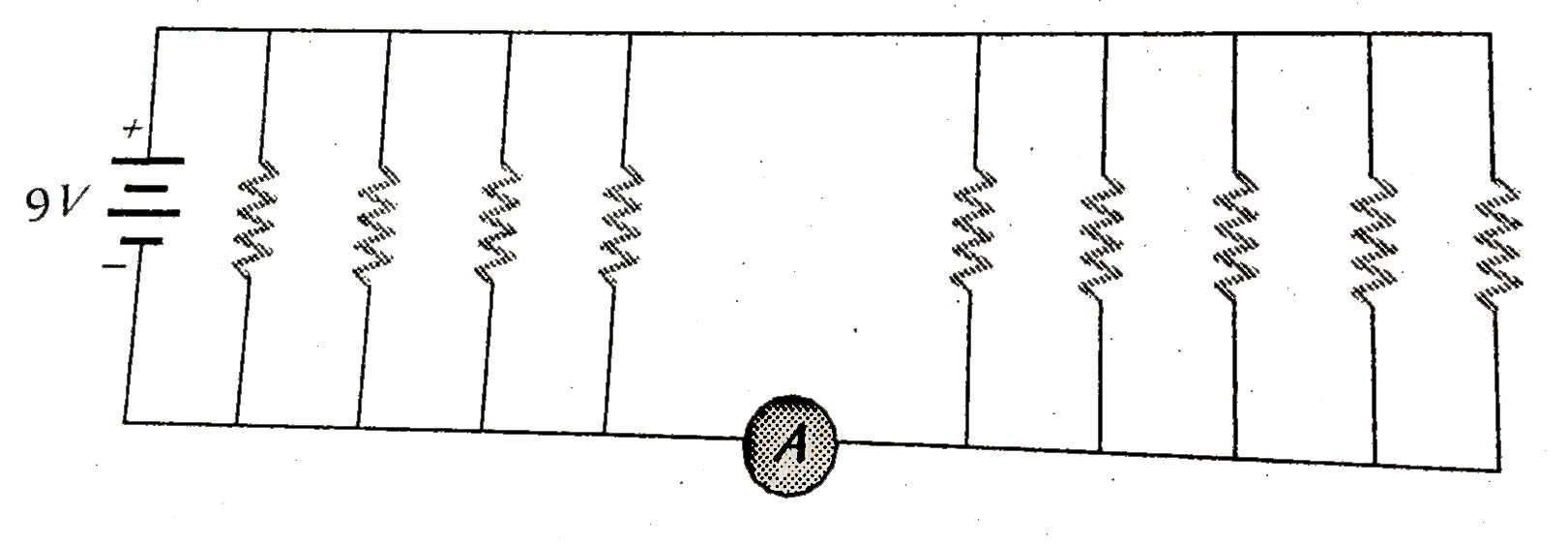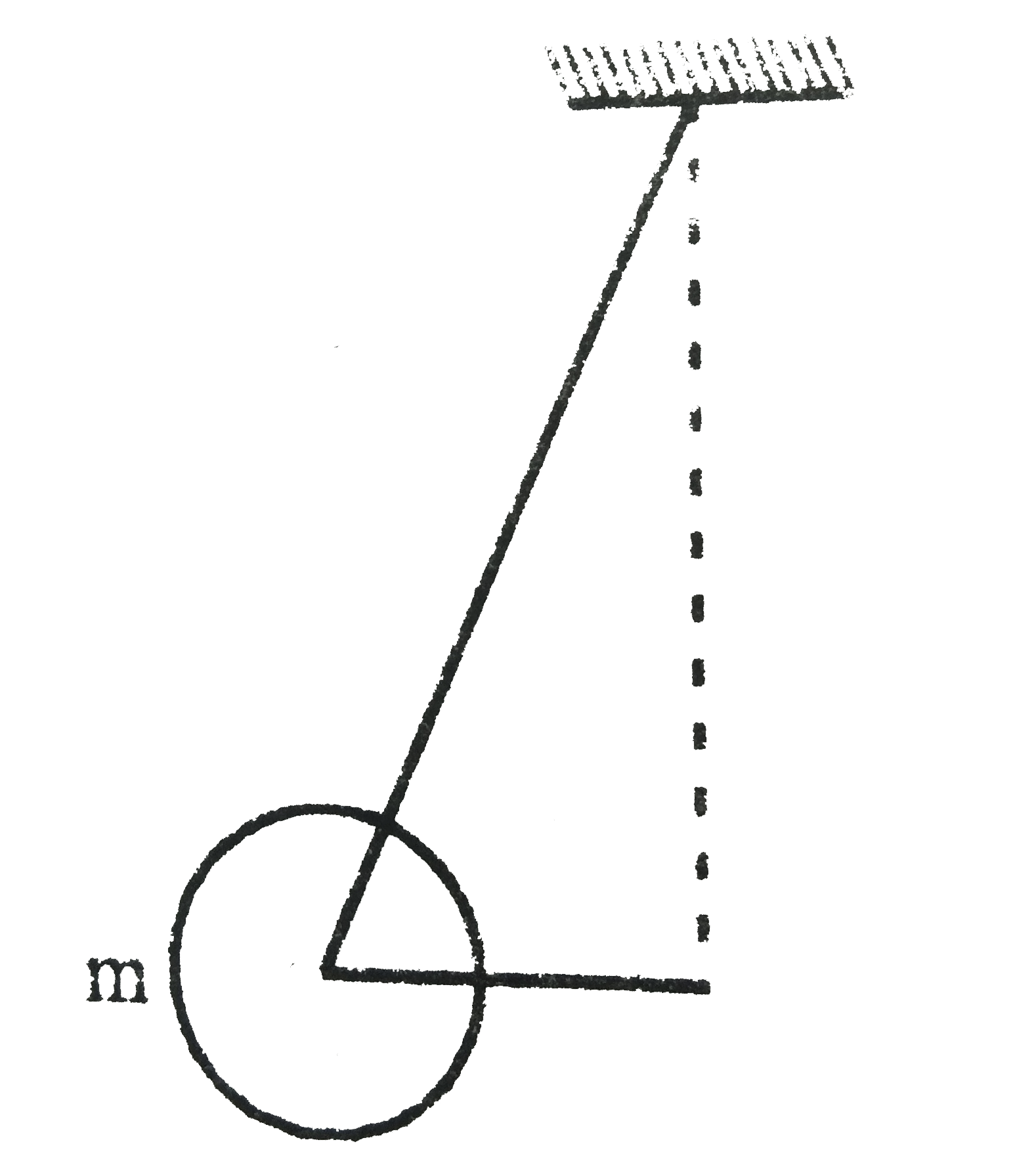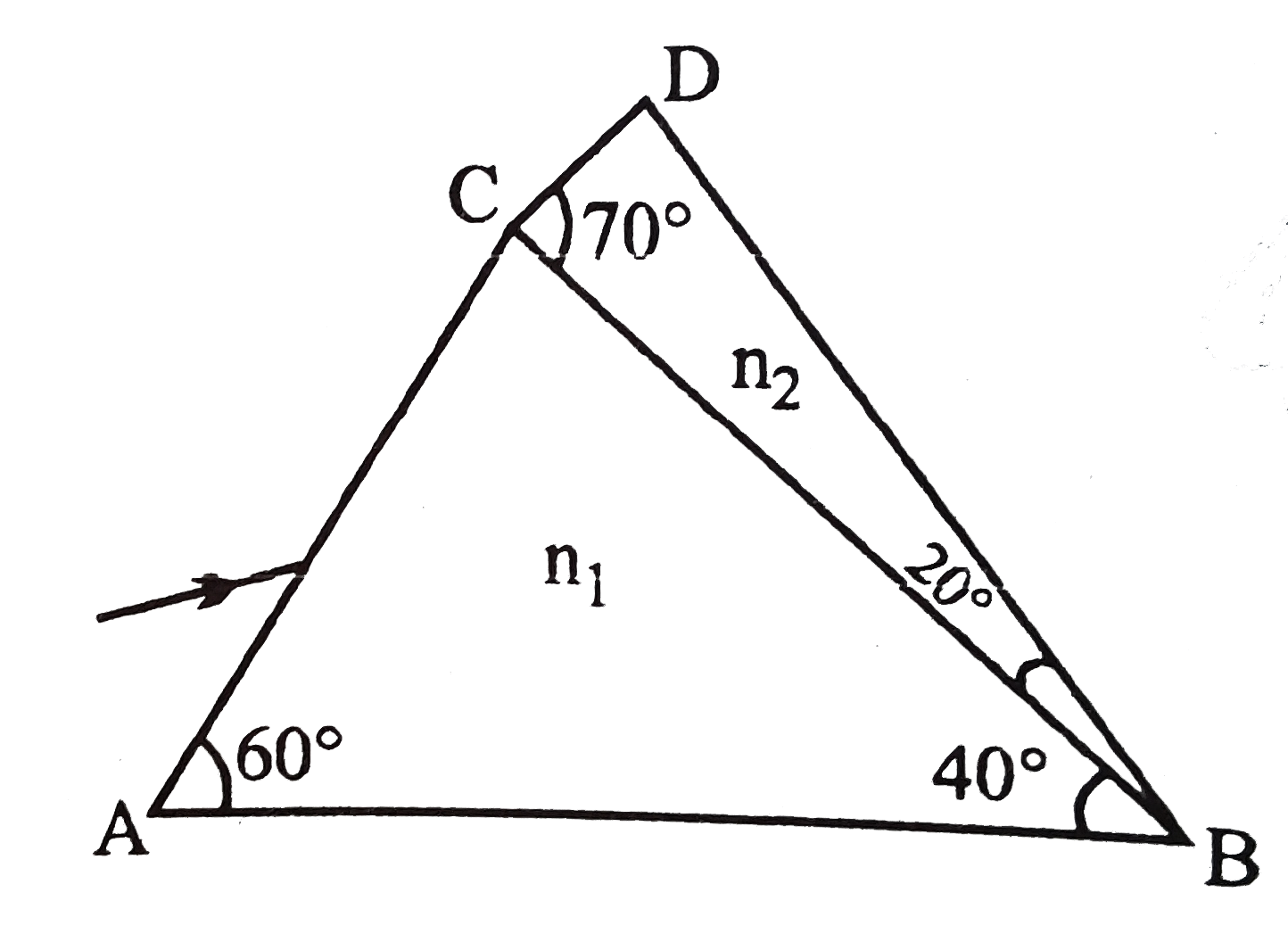A constant voltage is applied across a wire of constant length then how drift velocity of electrons depends on area of cross-section of wire.Solution in Gujrati
The correct Answer is:3
By conservation of linear momentum (80+40)(2.5)=80(0)+40(v)⇒=v=7.5m/s
work done =ΔKE=1240(7.5)2−12(80+40)(2.5)2=750J
Topper's Solved these Questions
- CURRENT ELECTRICITYBOOK - ALLEN CHAPTER - CURRENT ELECTRICITYEXERCISE - EXERCISE-III
26 Videos
- CURRENT ELECTRICITYBOOK - ALLEN CHAPTER - CURRENT ELECTRICITYEXERCISE - EXERCISE-IV A
32 Videos
- CIRCULAR MOTIONBOOK - ALLEN CHAPTER - CIRCULAR MOTIONEXERCISE - EXERCISE (J-A)
6 Videos
- GEOMETRICAL OPTICSBOOK - ALLEN CHAPTER - GEOMETRICAL OPTICSEXERCISE - subjective
14 Videos
Similar Questions
If each resistance in the figure is of 9Ω then reading of ammeter is

View SolutionBy a cell a current of 0.9 A flows through 2 ohm resistor and 0.3A through 7 ohm resistor. The internal resistance of the cell is
View SolutionA ball of mass (m)0.5kg is attached to the end of a string having length (L)0.5m. The ball is rotated on a horizontal circular path about vertical axis. The maximum tension that the string can bear is 324N. The maximum possible value of angular velocity of ball (radian/s) is -
 .
.
View SolutionA prism of refractive index n1 & another prism of reactive index n2 are stuck together without a gap as shown in the figure.The angle of the prisms are as shown. n1&n2depend onλ,the wavelength of light according to n1=1.20+10.8×104λ2&n2=1.45+1.80×104λ2 where λ is in nm.

(i)Calculate the wavelength λ0for which rays incident at any angle on the interfaceBCpass through without bending at that interface.
(ii) for light of wavelength λ0,find the angle of incidencei on faceACsuch that the deviation produced by the combination of prism is minimum.
View SolutionThe free electrons of a copper wire of cross-sectional area 10−6m2 acquire a drift velocity of 10−4m/s when a certain potential difference is applied across the wire. Find the current flowing in the wire if the density of free electrons in copper is 8.5×1028electrons/m3.
View SolutionTwo wires A and B of same length and same material, have their cross sectional areas in the ratio 1:4. What would be the ratio of heat produced in these wires when the voltage across each is constant?
View SolutionA constant potential difference is applied between the ends of the wire . If the length of the wire is elongated 4 times , then the drift velocity of electrons will be
View SolutionThere is a current of "4.0A" in a wire of cross-sectional area 10−6m2 .If the free electron density in wire is 1028m−3 ,the drift velocity is :
View SolutionA constant potential difference is applied across a metal wire. Let the average thermal velocity of electrons in the wire be vt and let the drift velocity be vd . As the temperature of the wire rises:
View SolutionA : To a metal wire of diamete d and length L when the applied voltage is doubled, drift velocity gets doubled.
R : For a constant votage when the length is doubled, drift velocity will be halved but drift velocity is independent of diameter .
View SolutionA constant potential difference is applied between the ends of the wire. If the length of the wire is elongated 4 times, then the drift velocity of electrons will be
View SolutionWhen current I flows through a wire, the drift velocity of the electrons is v. When current 2I flows through another wire of the same material having double the length and area of cross-section, the drift velocity of the electrons will be
View Solutionनियत लम्बाई के तार के सिरों पर नियत विभवान्तर लगाया जाता है, तो इलेक्ट्रॉन का अपवहन वेग तार के अनुप्रस्थ काट क्षेत्रफल पर किस प्रकार निर्भर करता है?
View SolutionA wire of length L and area of cross-section A, is stretched by a load. The elongation produced in the wire is I. If Y is the Young's modulus of the material of the wire, then the force constant of the wire is
View SolutionAn electric cell of e.m.f E is connected across a copper wire of diameter d and length l. The drift velocity of electrons in the wire is vd. If the length of the wire is changed to 2l, the new drift velocity of electrons in the copper wire will be
View SolutionThe electric potential difference across a wire is constant. If l, A and rho are respectively the length, area of cross-section and resistivity of the material of the wire, then the rate of heat proudction in the resistor is
View Solution
